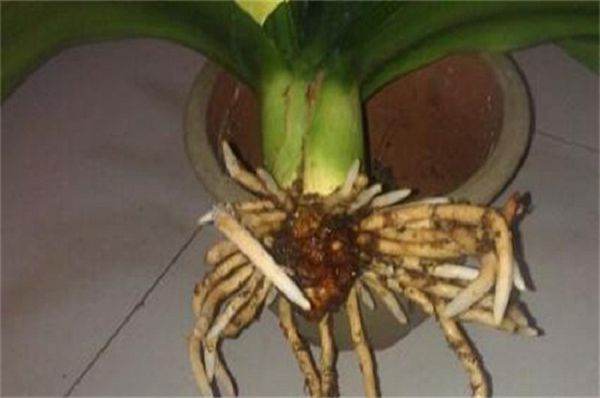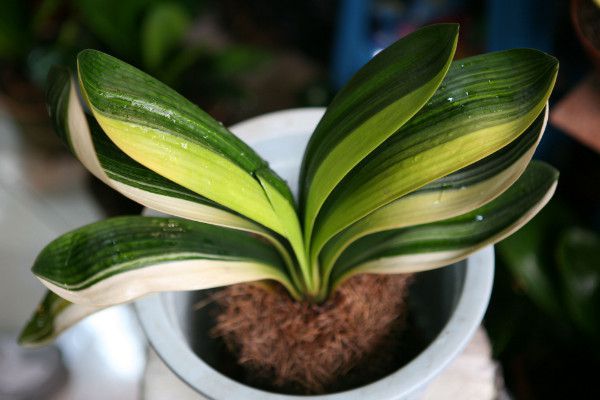The rotten roots of Cymbidium are disinfected with liquor, which will stimulate the roots and damage them.

Many people do not know whether the rotten roots of Cymbidium can be disinfected with liquor, in fact, liquor has a strong irritation, which will cause adverse effects on the rotten roots of Cymbidium, so they generally choose to disinfect them with medical alcohol or potassium permanganate. After the rotten roots of Cymbidium should be pruned, then disinfected and dried, and then replanted in the soil, do a good job of maintenance in the later stage, so that it can grow healthily.
1. The rotten roots of Magnolia can't be sterilized with liquor.
Many people raise magnolia because of improper maintenance, resulting in the phenomenon of rotten roots, in its treatment, many people wonder if the rotten roots of magnolia can be disinfected with liquor, in fact, it is best not to disinfect with liquor, it has a strong irritation, will make its root damage more serious.
In general, after the rotten roots of Cymbidium, you can choose to disinfect it with medical alcohol, or soak it in potassium permanganate solution, which can have the effect of sterilization and disinfection, and can slowly restore the rotting roots of Cymbidium.
Second, how to deal with the rotten roots of Cymbidium 1. Pruning the roots
After finding the rotten roots of Cymbidium, it is necessary to remove the soil from the roots, rinse the soil with clean water, and then prune the decaying roots with sterilized scissors to prevent its germs from spreading to the healthy roots. causing it to continue to rot.
2. Disinfect and dry
After pruning, the root system of Cymbidium should also be disinfected, prepare the potassium permanganate solution diluted with water, soak the root in the solution for about 5-10 minutes, or smear the wound with medical alcohol. then put it in a cool and ventilated area and wait for the wound to dry.
3. Replant
The magnolia, which is used to dry the wound, is planted directly into the prepared potted soil. To choose loose and breathable soil, pine needle soil, rotten leaf soil, sand and charcoal particles can be prepared according to the ratio of 2: 2 to 2: 1. After that, the orchid will grow new roots and grow again in about 7 to 10 days.
4. Late maintenance
After replanting, the magnolia should also do a good job in the maintenance work in the later stage, and pay attention not to water and fertilize too much, to prevent its stagnant water and fertilizer, resulting in rotting roots again, and to ensure that its growth environment is dry and ventilated to avoid the formation of a muggy environment, resulting in poor growth of Cymbidium.
- Prev

When is the best time for a gentleman's orchid to change the basin? spring and autumn are the most suitable.
When is the best time for a gentleman's orchid to change the basin? spring and autumn are the most suitable.
- Next

How to plant a magnolia to blossom year after year
How to plant a magnolia to blossom year after year
Related
- Is the orchid suitable for indoor use? Is it good for the body?
- How to prevent the empty root of orchids?
- What to do after the crab claw orchid is withered?
- Why are the leaves of orchids always yellow? Fertilizing and watering.
- Can the root of the gentleman orchid be saved if it is rotten?
- Diagnosis and treatment of cotton-blowing beetle insects in Cymbidium
- There is a way for a gentleman's orchid to rot.
- What is the most suitable temperature and humidity for the orchid?
- How to raise a gentleman's orchid? Cultivation techniques of Cymbidium
- How to prepare the nutritive soil for the cultivation of Cymbidium

